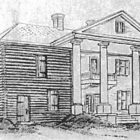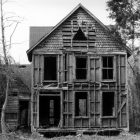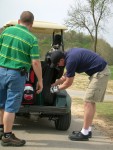Alabama Waterfalls
High Falls
|
One of the best nature spots around north east Alabama. Located in High Falls Park, off AL HWY 227 Northwest of Geraldine, Alabama is High Falls. This scenic waterfall is 35ft and is formed by Town Creek. When the water is high, the falls can sometimes span as much as 300ft across. This park is fairly small and definitely off the beaten path on Alabama’s back roads, so be sure to pay attention to which streets you’re on. Video by Doug Danley
High Falls is an impressive waterfall and a great local spot for cliff jumping. High Falls is a beautiful swimming hole with a few walking trails and picnic tables as well as pavilions.





